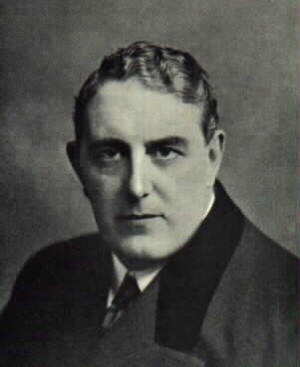Newspaper horoscopes: should you bother?
  |
| Desire Dehau reading a newspaper by Henri de Toulouse-Lautrec (1890). They didn’t have horoscope columns back then but it’s a nice picture. |
  |
| Cheiro (1866-1936) was a hugely successful society soothsayer – starting off in London in the 1890s and ending up in Hollywood. |
Basing the column on the sun signs turned out to be the neatest method for several practical reasons. First of all, the Sun travels through each sign of Zodiac for about a month every year, which means most people can easily work out their sign from what day they were born. Most of the other heavenly bodies used in astrology are far more variable. Secondly, the sun really is one of the most powerful parts of the horoscope, so it’s a good starting point for prediction.
For a long time horoscope columns were confined to the tabloids and women’s magazines – and quite often they were written by the junior sub-editor during her lunch break. But during the 1990s, serious newspapers started hiring real astrologers and demanding better columns. This was for one simple reason: it turned out that having a good astrologer helps sell newspapers.
Today, horoscopes are big business. British astrologer Jonathan Cainer is said to have made millions out of the premium rate phone lines advertised in his column in the mass-circulation Daily Mail newspaper. He is probably the highest earning astrologer of all time – and he works pretty hard for his money, churning out 25,000 words a week.
They look at the movements of the planets in the sky to make predictions. These movements are called transits. They also take into account the monthly new and full moons, which are thought to set the tone of the two weeks that follow. Every sun sign will experience a new moon some time during their birthday month – a time for beginnings – and a full moon exactly six months later – a time when things come to fruition. Lunar and solar eclipses, of which there are several every year, show times when events will accelerate or there may be clusters of events.
Most newspaper astrologers use a particular technique for analysing each sign. In technical terms, they “bring the sun sign to the ascendant”. A chart is cast for the month in question. Astrology software programmes will then be able to progress the chart through each day of the month to see what happens with transits, new and full moons. Then the astrologer simply turns the chart to bring each sign in turn to the first house.
So for example, you want to make a prediction for Leo in the month of November. You cast a horoscope for the month and adjust the ‘birthtime’ until you have Leo occupying the first house of the chart, on the ascendant. Then you simply look at which houses the planets are transiting that month and where the full and new moons fall to see where there’s going to be some activity for Leo. Since each house rules a particular area of a person’s life – for example the second house rules income – you can come up with some reasonable predictions.
This is all so much simpler now that there are good computer programmes to do the tricky calculations. It takes just a few minutes to generate the charts. The skill is in the interpretation and that is why certain columnists gain a devoted following. They strike a chord that resonates in the popular psyche.
Most readers are perfectly aware that even the most talented astrologer is unable to predict accurately for everyone born under a sun sign. Horoscopes should be taken for what they are – a bit of time in the day to think about yourself and your life. The best ones may even give you something a little philosophical on which to reflect or a flash of insight into you own circumstances.
How to tell if a horoscope is genuine
Be aware that all horoscopes are based on generalisations, so they’re unlikely to be that accurate. You may find that reading your rising sign, if you know it, is better for you. But at least you can avoid horoscopes that are written by charlatans.
Be wary of a horoscope if statements like this are made
• the letter “e” will be important this week
• purple is lucky for you
• the number 13 will have significance
None of those things are predictable from an astrological chart.
Well, I’m sure that readers of this blog knew most of that stuff, but I thought it was kind of funny. Anyway, I’d like to add a few thoughts to this piece. First of all, the same rules generally apply to horoscopes on the net. Secondly, I am interested in how well you can make predictions based on whole sign houses and the rising sign. I intend to have a go in later columns and look forward to some feedback.
Meanwhile, I think this lady, Susan Miller, writes an excellent horoscope column given the limitations in “scope” (ho ho).

Leave a Reply